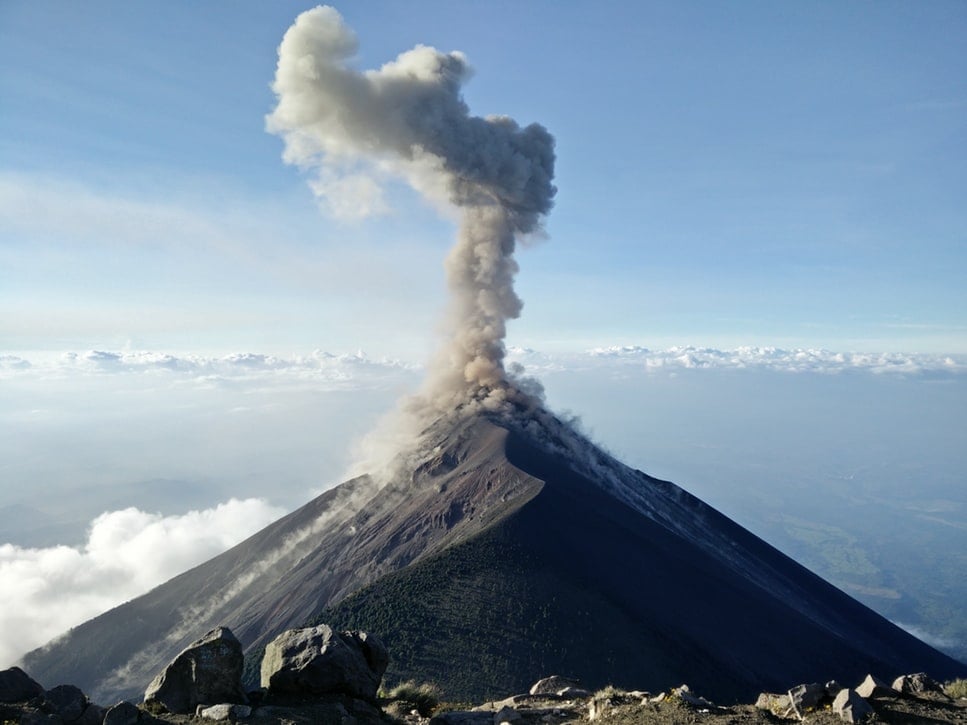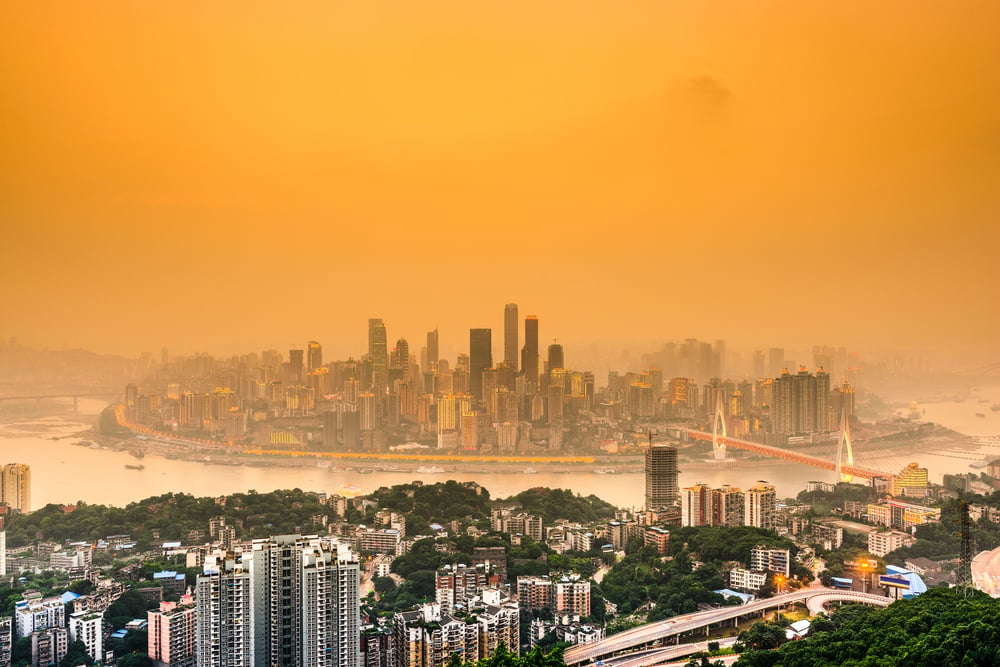Newsletter
Sulfur oxides, including sulfur dioxide, is a group of air pollutants made up of sulfur and oxygen atoms. A large chunk of sulfur oxides (SOx) are produced when fuels containing sulfur undergo combustion, and coal-burning power plants are some of the top contributors of SOx.
Exposure to sulfur dioxide emissions can be harmful to people and plants alike. Plants with high exposure to sulfur dioxide often have a lower yield and can die prematurely, and humans who are exposed to these emissions are at risk of decreased lung functionality and often suffer from irritation of the eyes, nose, and throat.
What Is Sulfur Dioxide (SO2)?
One of the most hazardous type of sulfur oxides is sulfur dioxide (SO2).
Composed of one sulfur atom and two oxygen atoms, sulfur dioxide is a colorless, reactive gas with a strong odor. The smell is very distinct, like when you strike a match.
Sulfur dioxide is one of the most common secondary sources of air pollution, and it's highly reactive. As sulfur dioxide comes into contact with other air pollutants, it reacts to form harmful compounds in the atmosphere, such as particulate matter (PM). SO2, along with nitrogen oxides, contributes to acid rain.
Where Does Sulfur Dioxide Come From?
An overwhelming amount of the sulfur dioxide in air is manmade. SO2 is emitted in the atmosphere when humans burn fuels containing sulfur, such as coal and oil, through industrial processes. Some smaller sources include volcanic processes, metallic ore extraction processes, and vehicles that burn fuel with high sulfur content.

Sulfur dioxide can come from natural sources, like volcanoes
Sulfur Dioxide & Air Quality
Sulfur dioxide is a very dangerous air pollutant. Upon short-term exposure, SO2 easily irritates the airways of your nose, throat, and lungs, causing coughing, wheezing, and tightness in the chest. The short-term effects are felt very quickly, and most people feel symptoms within minutes of breathing it in. The long-term effects of sulfur dioxide exposure are quite severe, sometimes resulting in decreased lung capacity.
An additional factor to consider is sulfur dioxide's relationship to particulate matter, especially PM2.5 and PM10. Sulfur dioxide is reactive, and will combine with other air pollutants to form other sulfur oxides or small particles. These particles, when small enough, can be inhaled and damage your lungs, heart, and even brain.
Sulfur dioxide also have direct, negative effects on the natural environment. High levels of sulfur dioxide can damage foliage and limit plant growth. Atmospheric sulfur dioxide can also mix with moisture in the air, forming sulfuric acid that later falls to the earth as acid rain.

Sulfur dioxide contributes to acid rain, which can harm plants and animals.
Limiting Sulfur Dioxide Emissions
Many governments have taken steps to manage and reduce the amount of sulfur dioxide produced. These include:
- Implementing national fuel quality standards
- Enforcing tighter vehicle emission standards
- Promoting alternative sources of energy and fuel
Because sulfur dioxide and other sulfur oxides are emitted in similar ways, these standard have the added benefit of reducing emissions of other sulfur oxides. The World Health Organization has also created a set of guidelines aimed to reduce the health impacts of SOx emissions, providing policymakers with a set of targets that will help keep people safe.
Related Sulfur Dioxide & Air Pollution Resources
Air pollution is a global health crisis, and it isn't limited to just sulfur dioxide. For further resources and information about air pollution, check out our additional articles concerning air pollution and what you should know below:
- A Guide to Understanding Particulate Matter
- 5 Major Outdoor Air Pollutants You Should Know About
- Why Is Air Pollution So Hard To Fix?
- Long-Term Effects of Air Pollution on Your Child's Health
For the full air pollution rundown, including sources of air pollution and what you can do to protect yourself from air pollution, click the button below!
Kaiterra provides air quality monitors and an IAQ analytics dashboard for healthy buildings and offices, helping workplace leaders and healthy building pioneers assess and improve their indoor air quality. Our indoor air quality monitors like the Sensedge and the Sensedge Mini can be found in many of the world’s most iconic buildings and workplaces, such as the Empire State Building and the Burj Khalifa.






.png?width=200&height=148&name=Menu%20C%20(2).png)

.png?width=307&height=228&name=Menu%20-%20D%20(1).png)
.png)





